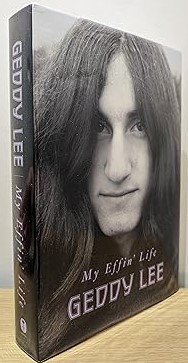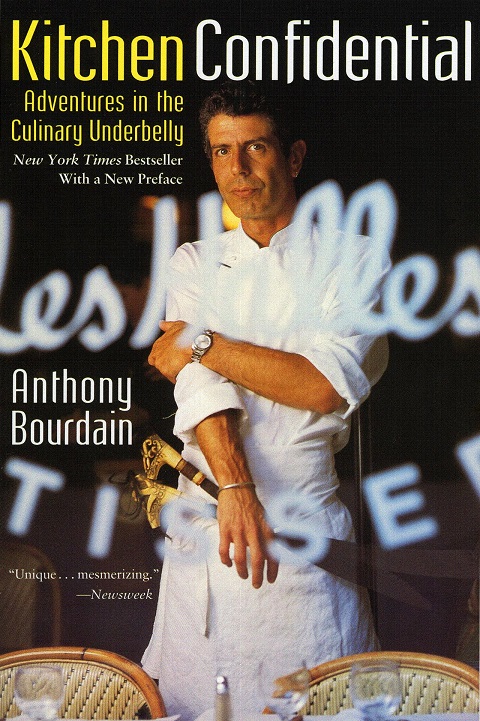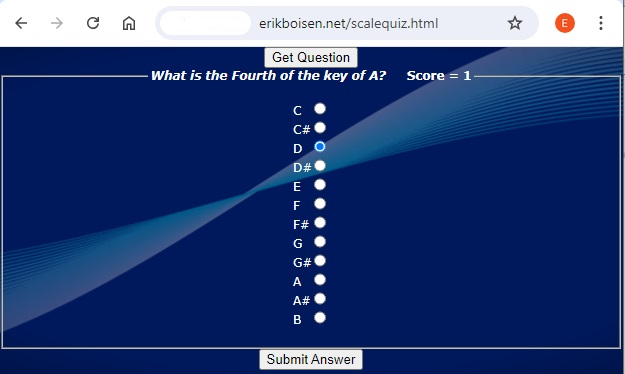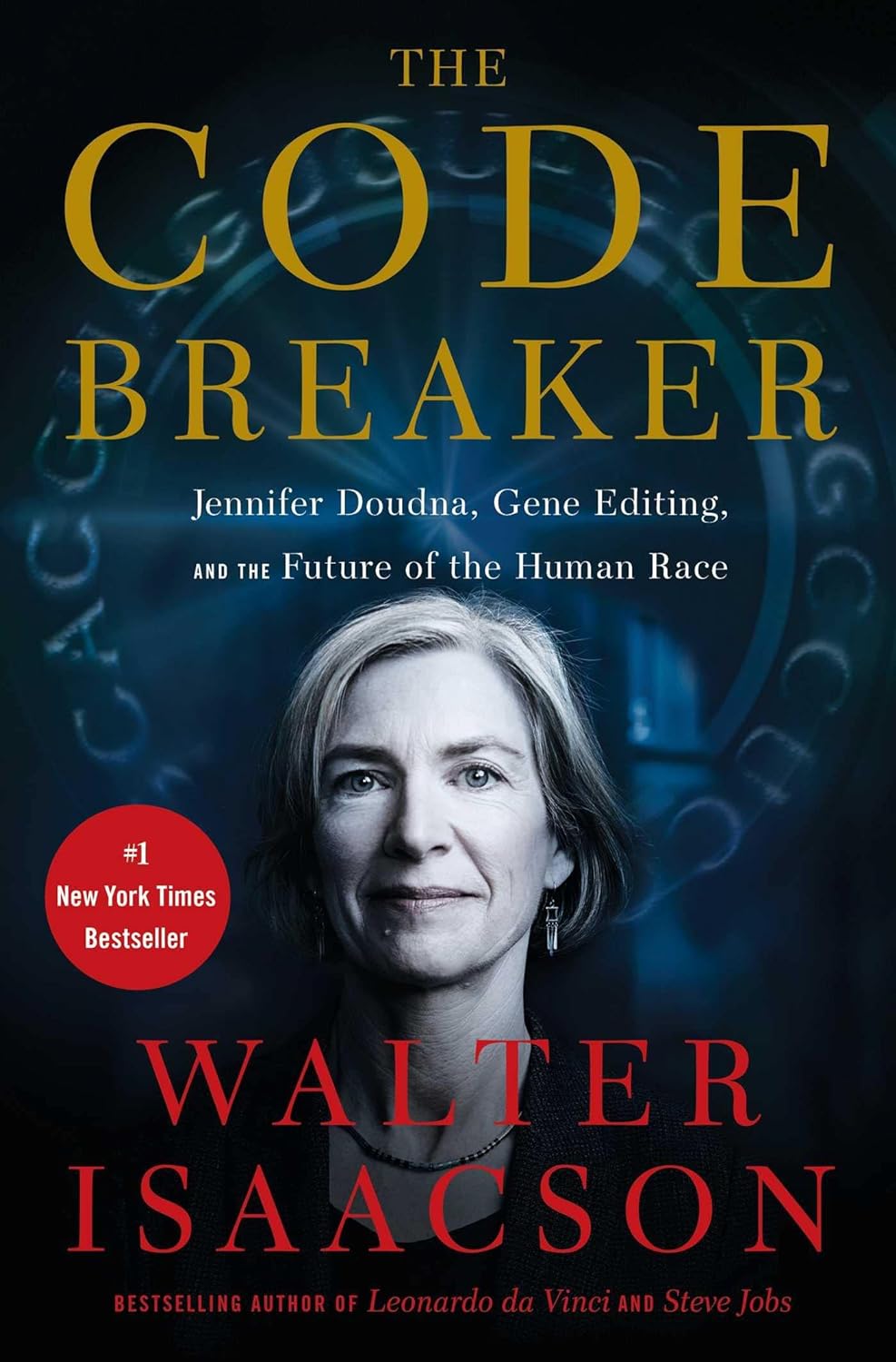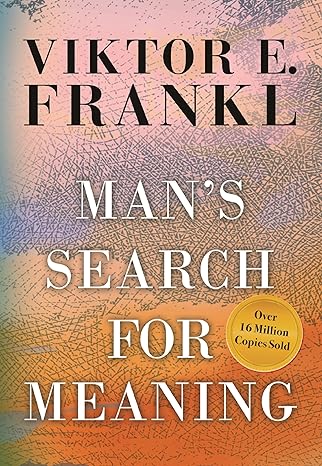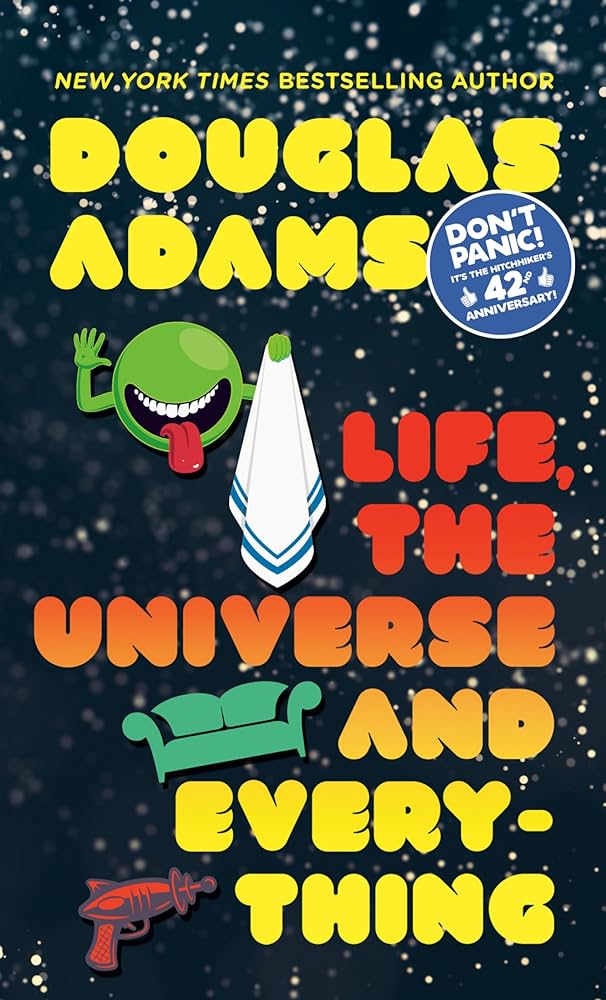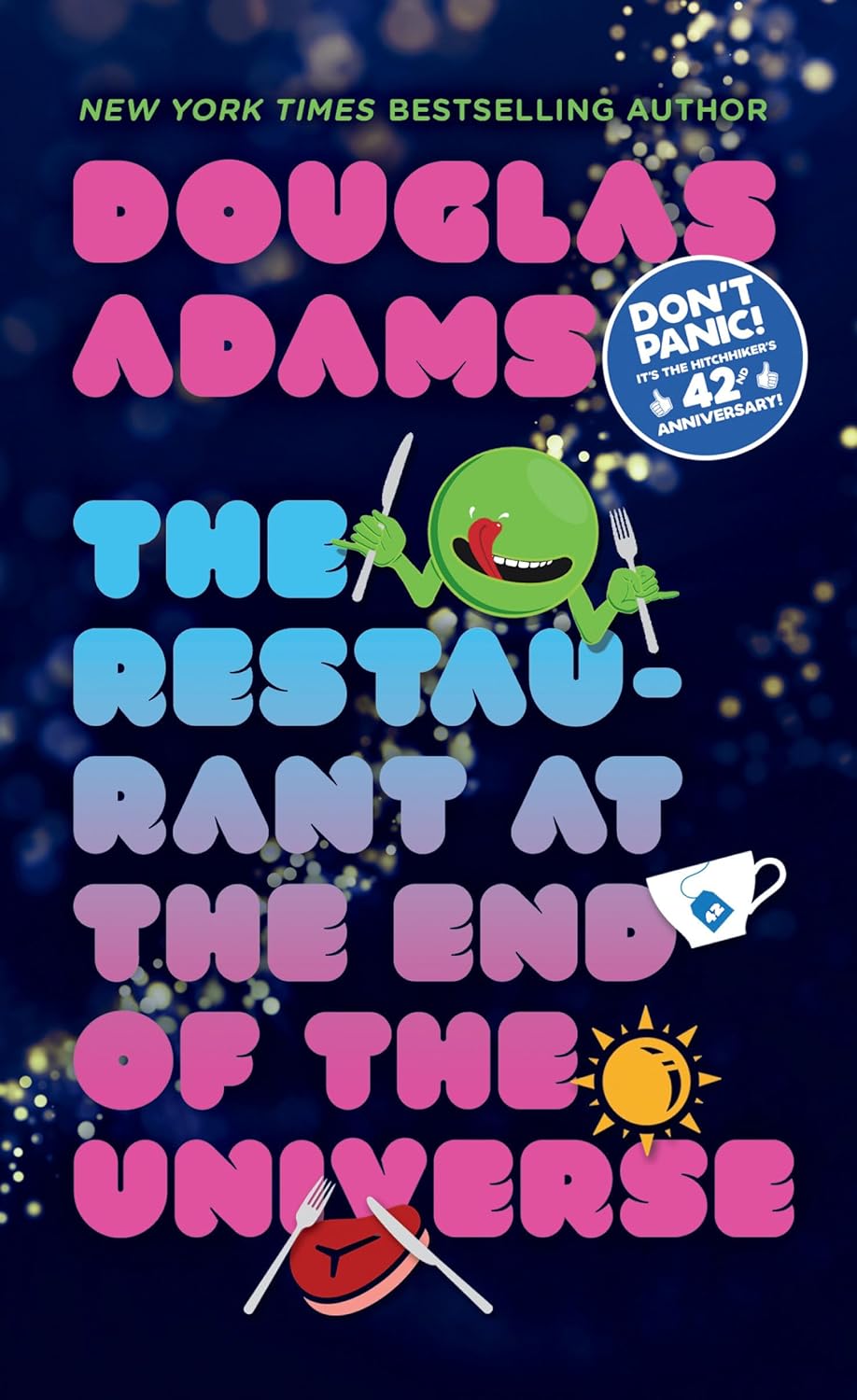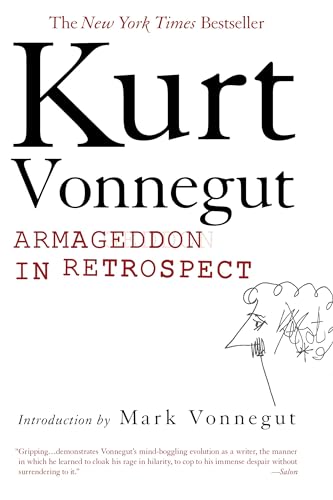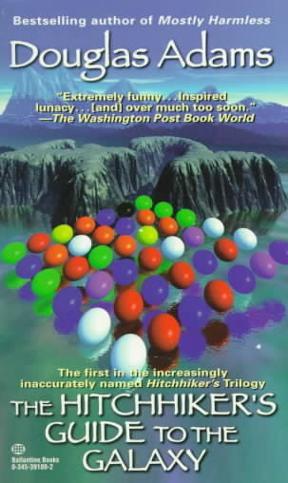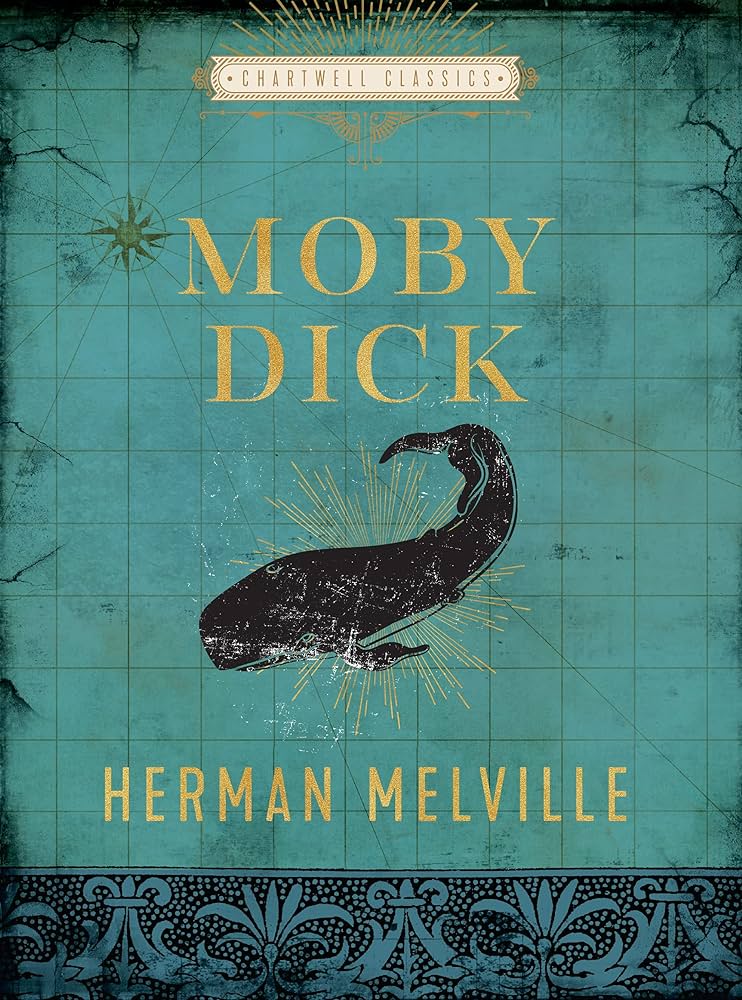
A whopper of a tale in a whopper of a book.
Moby Dick was published in 1851, so some of the language is a little bit dated, but not as unreadable as one might expect. There is also some pirate-like banter among the crew. This can cause some pause for decipherment, but again, not a cause to put the book down. It is largely about life on a mid-1800’s whaling vessel. The strangest part of the book is the fact that it starts from the narrative of Ishmael, the main character of the book, but then it sometimes goes into a third person that is perhaps Melville himself. The funny thing is, based on Melville’s past experience, I believe Ishmael is the fictional version of Melville. Melville grew up in a well-to-do family, but his father died young and the family was left destitute. Melville worked and lived on ships for a time to earn money. This is likely where this story got its sails.
In third-person, Melville gives quite a lengthy lesson on types of whales and their characteristics and how accurately or inaccurately they are portrayed and described in literature and art of his time. He also gives a detailed account of a mutiny. These little history lessons are told outside of the actually story of the main characters. He leaves the fictional story many times to educate the reader on various whaling topics and then returns the narrative back to Ishmael’s view of the fictional account. It is a very odd way of telling a story, but it somehow works.
Melville takes quite a bit of time to introduce the reader to characters. He starts with Ishmaels’s cannibalistic South-Pacific islander bunk-mate, Queequeg. He takes 30 or so pages describing him and Ishmael’s initial aversion to the outwardly savage-looking character that ends up being his best friend. Queequeg is a very experienced harpooner. Ishmael is an experienced sailor, but without whaling experience, greatly relies on Queequeg for guidance when they both agree to be part of the crew of the wooden whaling vessel Pequod.
Captain Ahab is the captain of the Pequod. Melville introduces the character and then takes nearly 100 pages to physically describe him fully. Ahab is missing one leg which he has replaced with the polished carving of a whale jaw that serves as a peg leg. It has an ivory appearance and Ahab has a strategic hole in the deck that fits this peg so he can keep himself steady on the ship when stationed at top deck. He lost his leg to the great white whale, Moby Dick, and Ahab is hell-bent on getting revenge on the creature that disassembled him.
Later in the whaling journey Queequeg becomes so ill that a coffin is built for him. When the end appears near, he makes a miraculous recovery and the coffin is returned to the ship’s carpenter to be re-purposed as a floatation device.
The Pequod encounters and kills several whales on its journey, but never meets Moby Dick. During these journeys, the narrator goes into great detail about how a whale is processed as well as its anatomy. He describes its skeleton and notes how the skeleton does not really give a true indication of the living whale’s actual form. In this, Mellville is quite accurate, one would likely not guess the living form of a sperm whale from just the skeleton:

Versus the actual living whale:

The top of the head, above the skull shown in the skeletal illustration, is filled with a large reservoir, that holds as many as 500 gallons or more, of oil. This is the primary reason for hunting the whale, as this oil had many applications at the time, especially as lamp oil. Bear in mind, that this whale can grow to nearly 80 feet long and weight over 50 tons. The skeleton is enormous.
Ahab takes his crew across all ends of the earth until he finally finds a fellow whaling vessel, Rachel, that has encountered the great white whale. Ahab gets his wish of the opportunity to slay the whale. As expected, it does not go according to plan. The Pequod and all its boats are destroyed by the giant whale in Ahab’s pursuit of him. As a spinning vortex pulls the Pequod and all its remnants to the bottom of the sea, only one crewman remains with his head above water – Ishmael. As all that remains vanishes into the sea, the coffin, previously made for Queequeg, shoots to the surface. Ishmael floats upon it until he is rescued by the passing Rachel.
It seems pretty obvious from reading this book, that the author of Jaws drew a great deal of inspiration from this story. It was a different time and place, and a different sea creature, but the lust for greed and revenge on the open sea plays out in a similar manner. The mannerisms of many of the characters are also similar.
As famous as this book is, it is interesting to note that it was not popular in the author’s time. Released in 1851, it did not become popular until the early 1900’s, after Mellville’s death. Mellville largely gave up writing novels and worked as a US customs inspector after his writing career faltered, largely due to lack of initial success of this book.


